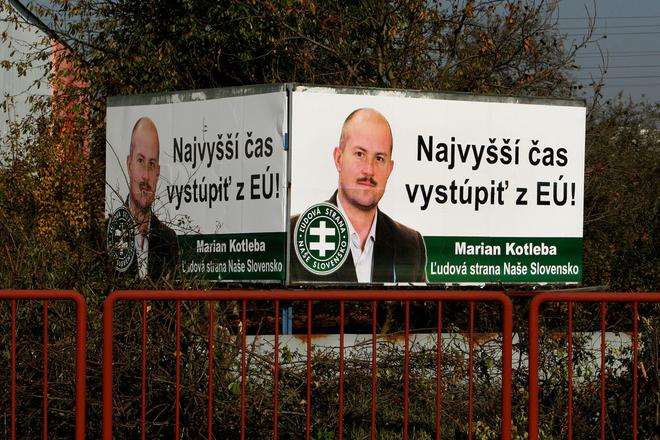Last year after Marian Kotleba’s party received 8 percent in parliamentary elections I wrote an opinion piece arguing that along with shock and disappointment, we might find opportunity in the result. At the time, Kotleba gained support from 200,000 people, including an alarming 23 percent of first time voters. Young people comprised a good part of these new voters, but many others were people who generally choose not to vote — meaning they were people previously not paying attention to politics who had started to do so.
“[Kotleba] has now governed a region for three years,” I wrote. “Next year he is up for reelection. Voters in Banská Bystrica could go a long way to stopping his momentum. If he had a chance to govern and did a bad job, it is hard for him to argue that he has solutions for Slovakia’s ills.”
In fact, in losing last week’s regional elections in a landslide Kotleba showed he is even better at mobilising opposition than he is new voters. With the election turnout at 40 percent, it was nearly double the 24 percent when Kotleba was elected regional governor in 2013.
A similar pattern emerged in the United States this week, during several key state elections.



 (source: Sme - Ján Krošlák)
(source: Sme - Ján Krošlák)